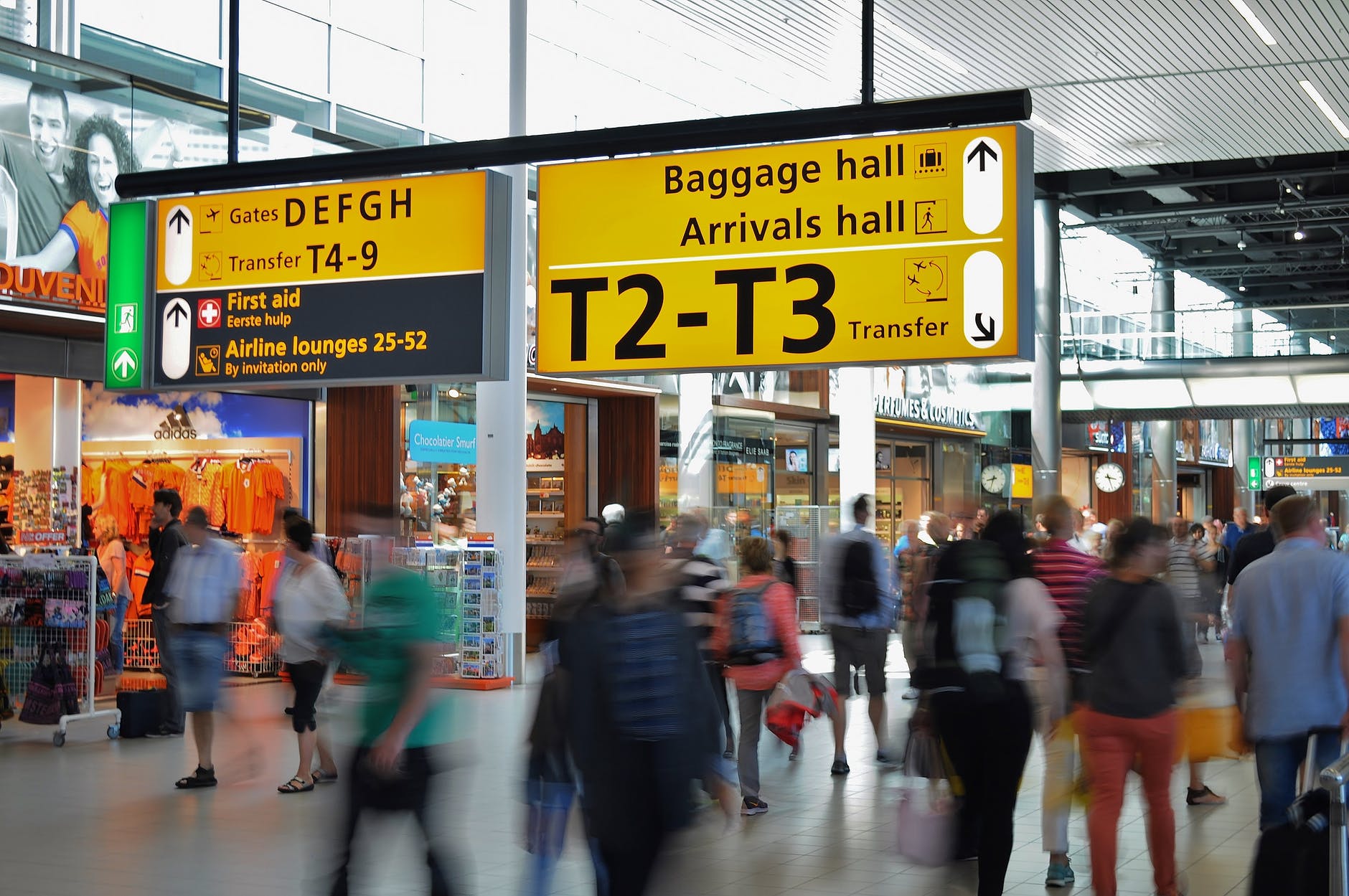Uncertainty brought about by the Omicron variant negatively impacted Europe’s travel and tourism sector at the end of Q4 2021, hampering prospects for its recovery in the first quarter of 2022. Nonetheless, optimism remains as the European Travel Commission (ETC) predicts tourist arrivals to be just 20% below pre-pandemic levels in 2022, in spite of numerous challenges still facing the sector. The most recent edition of the “European Tourism Trends & Prospects” quarterly report from ETC continues to monitor the COVID-19 impact on the sector, examining how travel activity is rebounding as the world learns to live with COVID-19.
Commenting following the publication of the report, Luís Araújo, ETC’s President, said: “From our report, it is clear to see the stifling impact of uncertainty brought about by Omicron. ETC is optimistic that the European travel sector will overcome Omicron and the many other challenges present in 2022. However, the sector’s resilience is contingent on the EU being proactive in the development of endemic strategies that will allow for the loosening of travel restrictions for intra-European and international travel alike. As we learn to live with COVID-19, governments across Europe have to strike the right balance between managing health risks and facilitating mobility.”
Omicron stunts recovery of European travel sector in Q4 2021
In 2021, strong vaccination coverage in Europe, the EU Digital COVID-19 Certificate and the easing of travel restrictions, set fertile grounds for a tourism revival. However, the emergence of the Omicron variant at the year-end stunted this recovery as travel restrictions were reinstated to battle record-breaking infection rates.
Tens of thousands of commercial flights throughout Europe were cancelled over the Christmas period due to staffing shortages. Although not as severe as when the pandemic originally took hold in 2020, airline losses totalled €18.5 billion in 2021 resulting in a staggering 1.4-1.5 billion fewer passengers than in 2019.
This turn of events was demoralising after a summer season of promising recovery. Overall, year-to-date data informs estimates of a 62% decrease in tourist arrivals to Europe in 2021 over 2019 levels. ETC notes that European destinations continue to recover at varying rates. Croatia (-37%), France (-39%) and Monaco (-40%) saw the softest declines based on data to December, owing to demand from neighbouring and large European source markets. At the same time, sizeable declines were registered in Finland (-80%) and central/Eastern destinations: the Czech Republic (-81%), Latvia (-78%), Estonia (-77%), Slovakia (-76%) and Lithuania (-74%).
Positive outlook for European travel in 2022
While Omicron is expected to stifle recovery of Europe’s travel sector in the first quarter of 2022, the travel outlook for Europe as a whole remains positive. With the realisation that the new variant, although highly contagious, is far from the threat it was initially deemed to be, many travel restrictions in Europe are beginning to be relaxed.
Driven by strong domestic and intra-European travel, the overall travel demand is projected to be 20% below pre-pandemic levels in 2022. Whereas domestic travel is expected to exceed pre-pandemic peaks in 2022, international travel will be slower on the uptake and is not likely to fully recover until 2024.
An extremely positive development in Q4 2021 was the resumption of travel between Europe and the United States, which took place in November 2021, and will likely help drive European tourism recovery in 2022. ETC expects that the share of European travel from the US will return to pre-pandemic levels relatively quickly, and ahead of demand from other long-haul markets, such as Asia-Pacific, with significant improvement anticipated this year.
Despite optimism around increased international travel, China’s prolonged “Zero Covid” stance presents a degree of uncertainty and may continue to affect global travel well into 2022.




